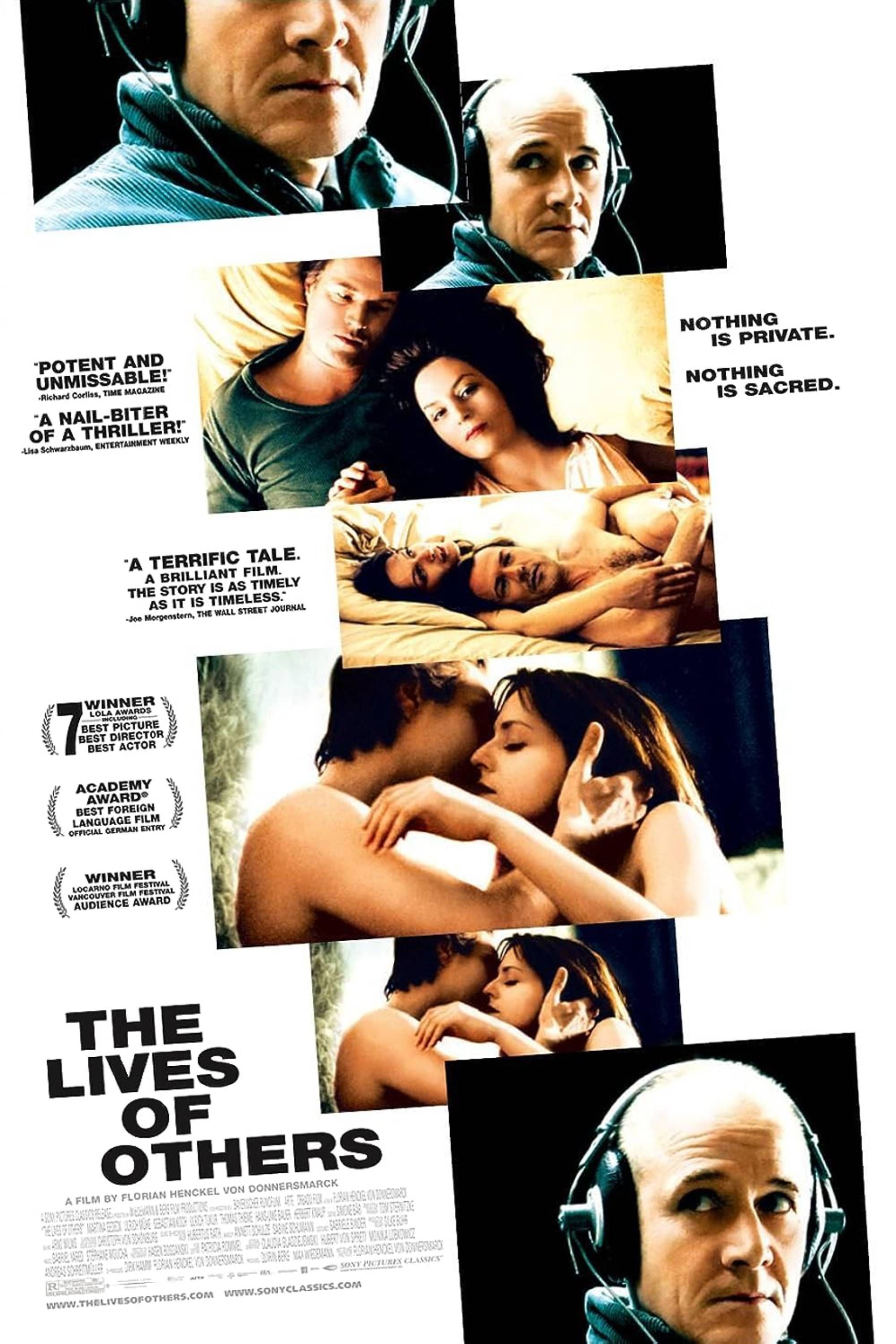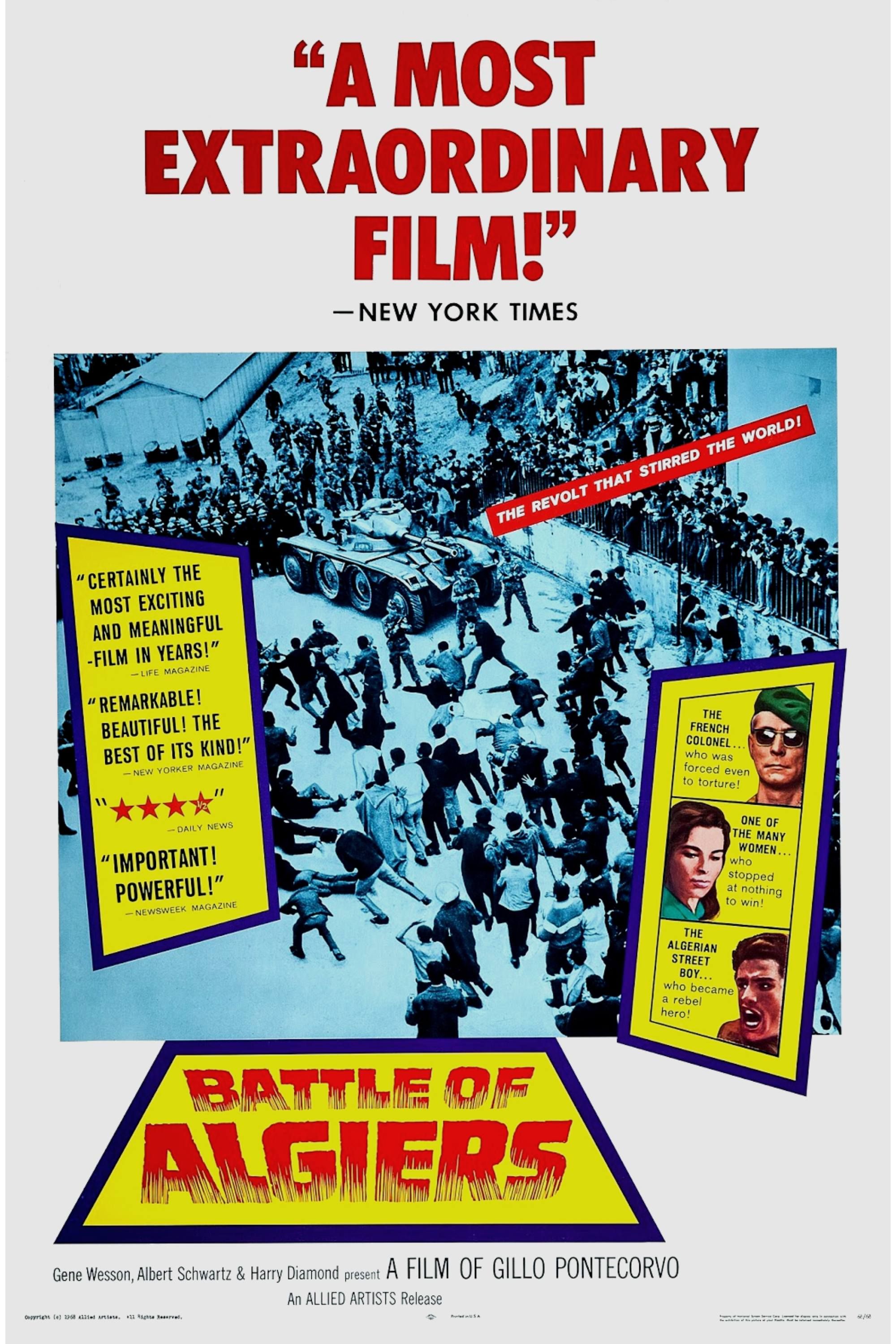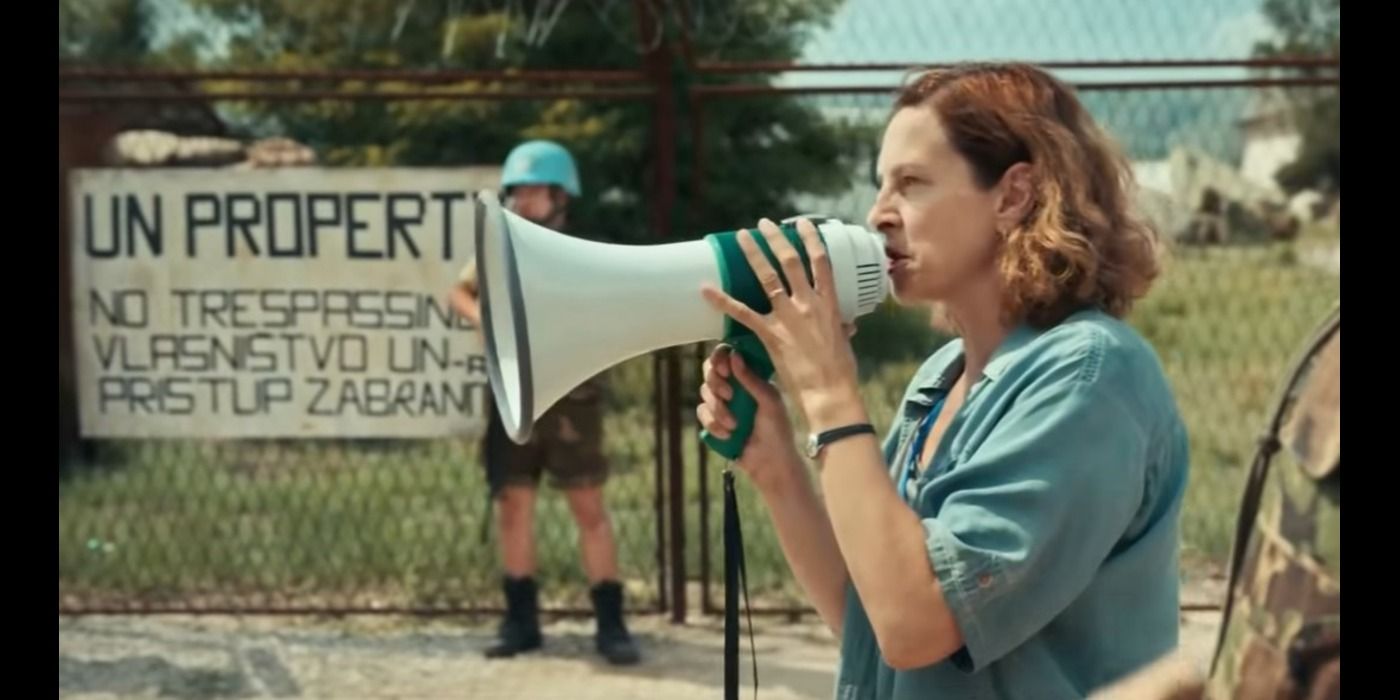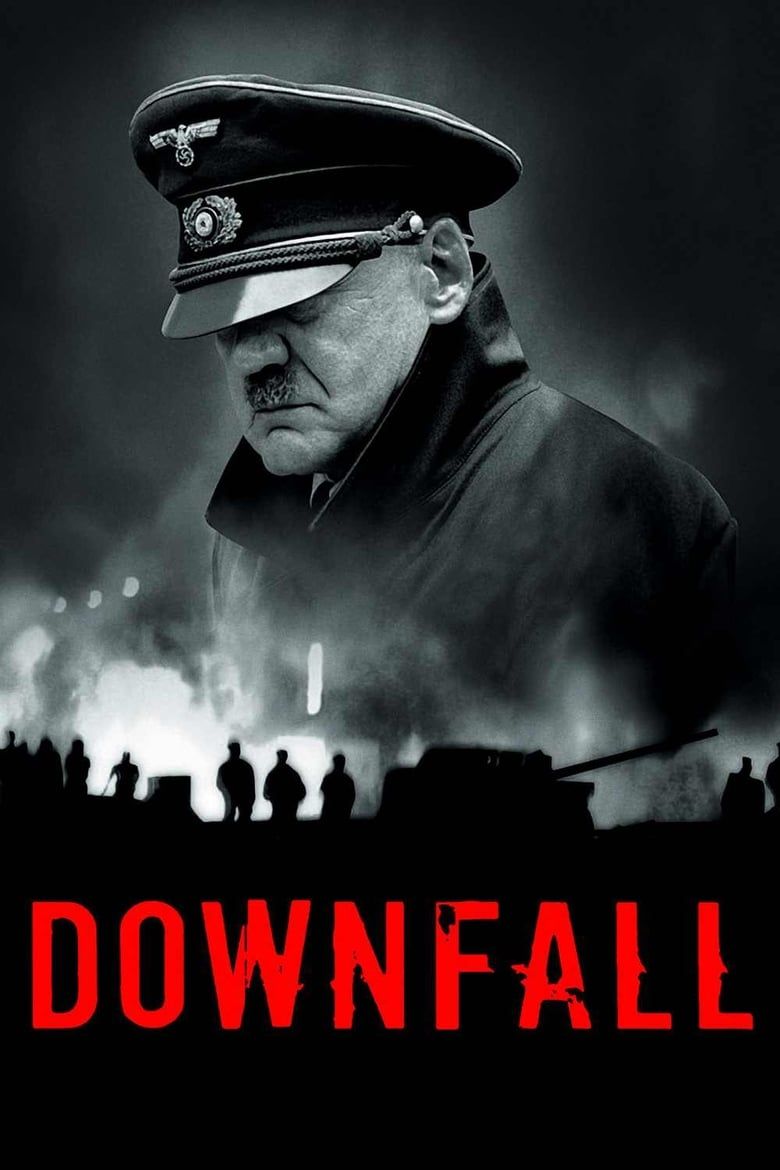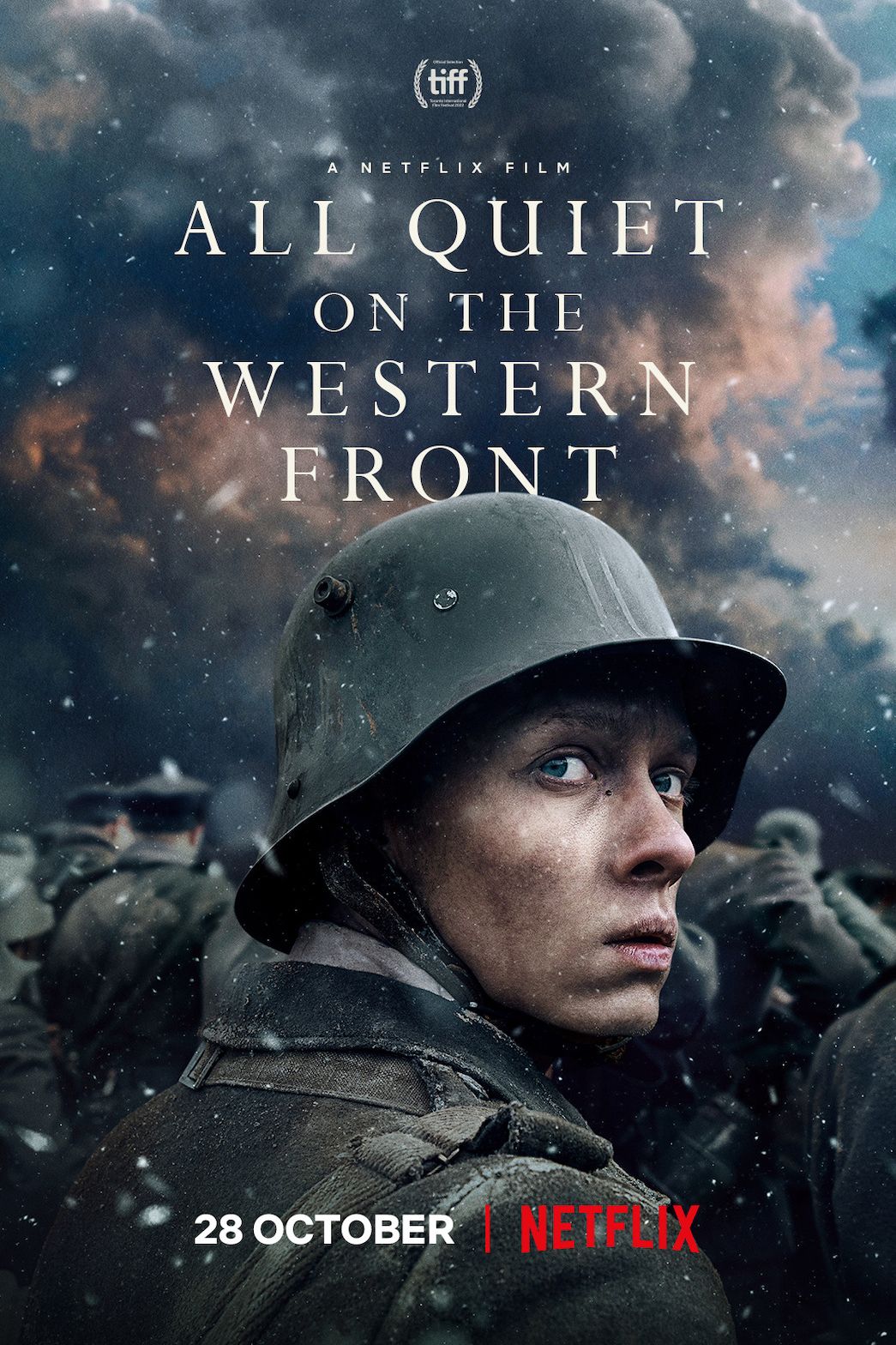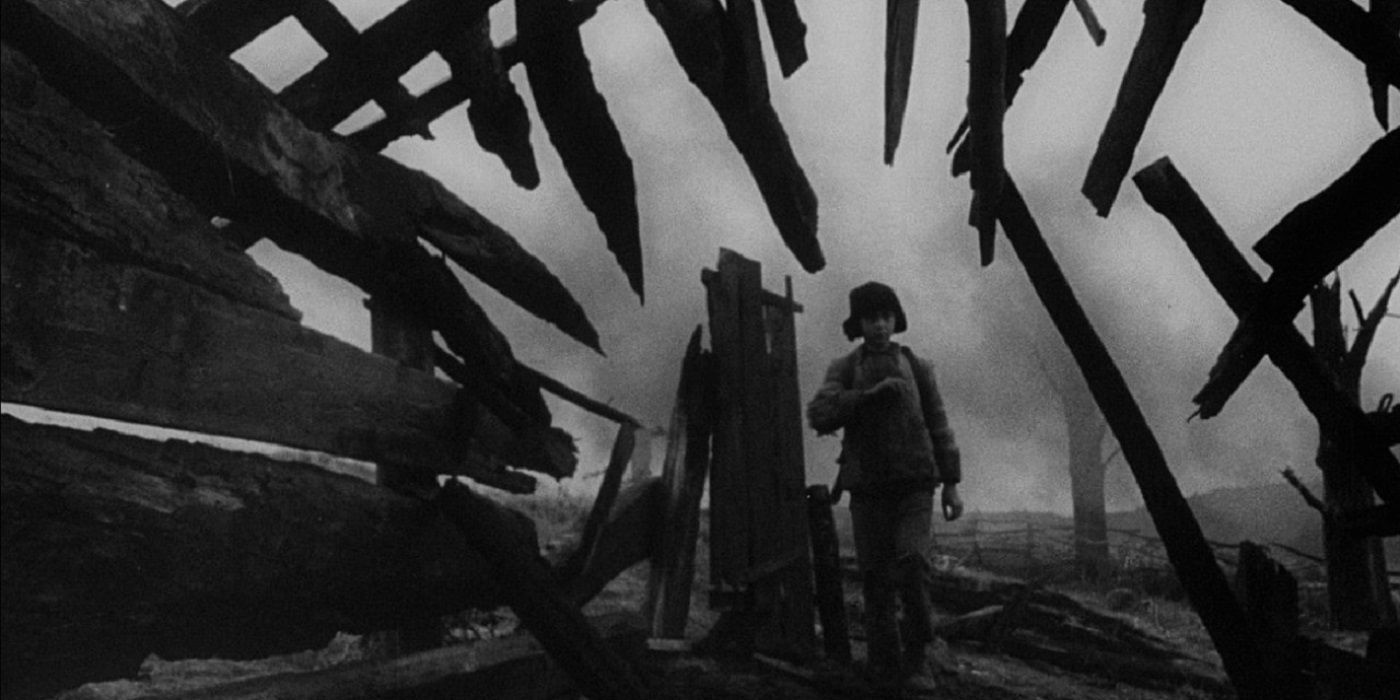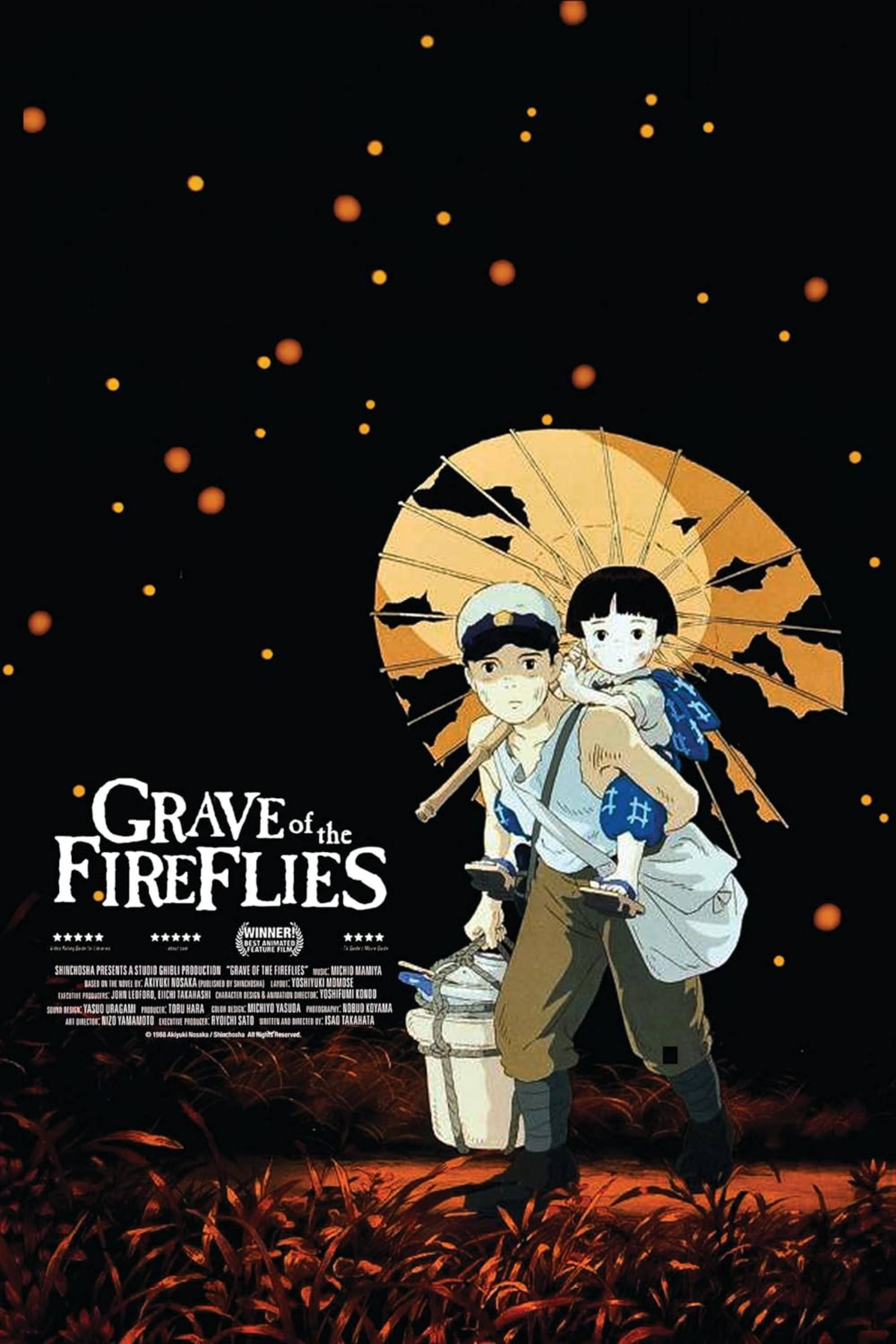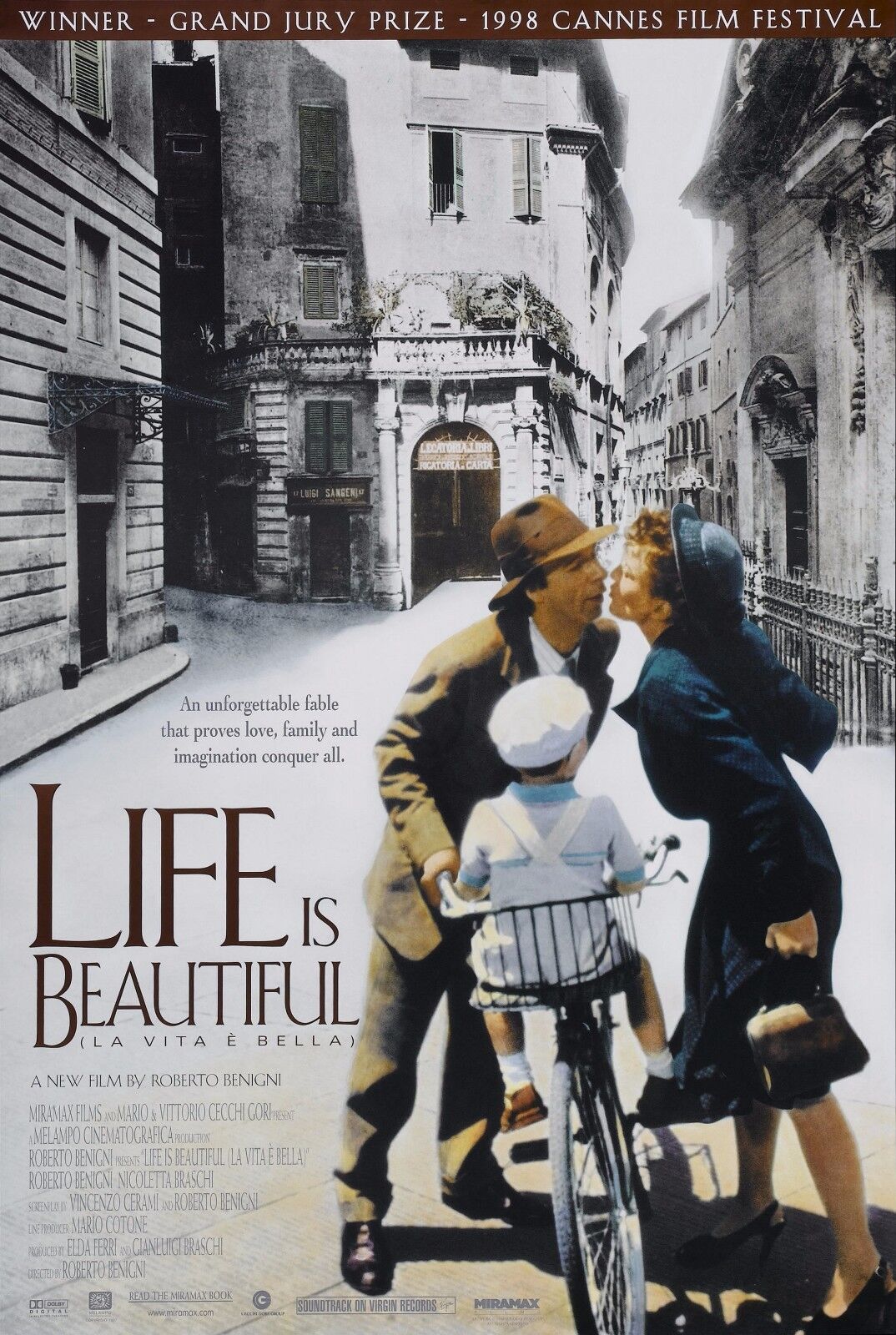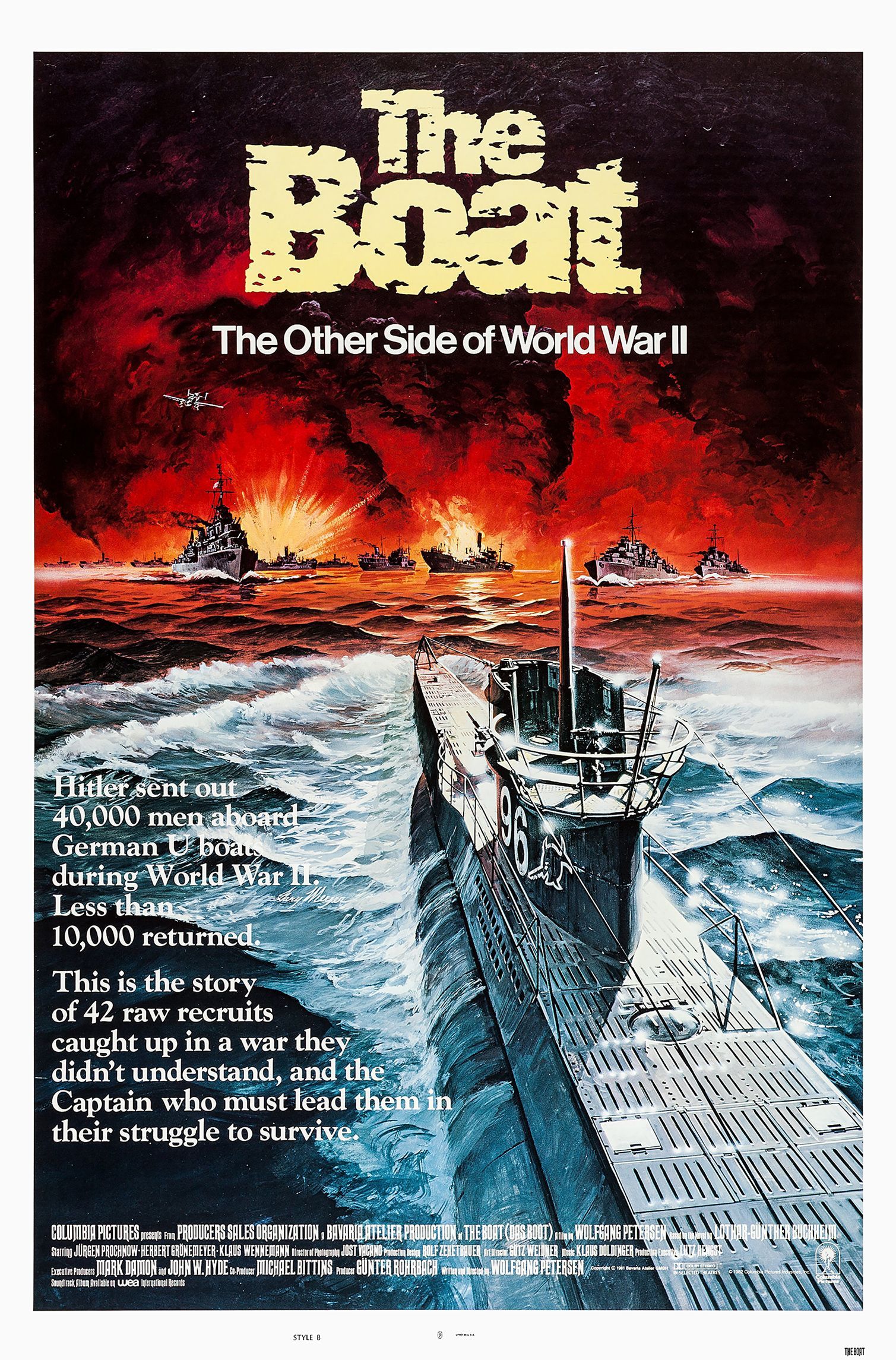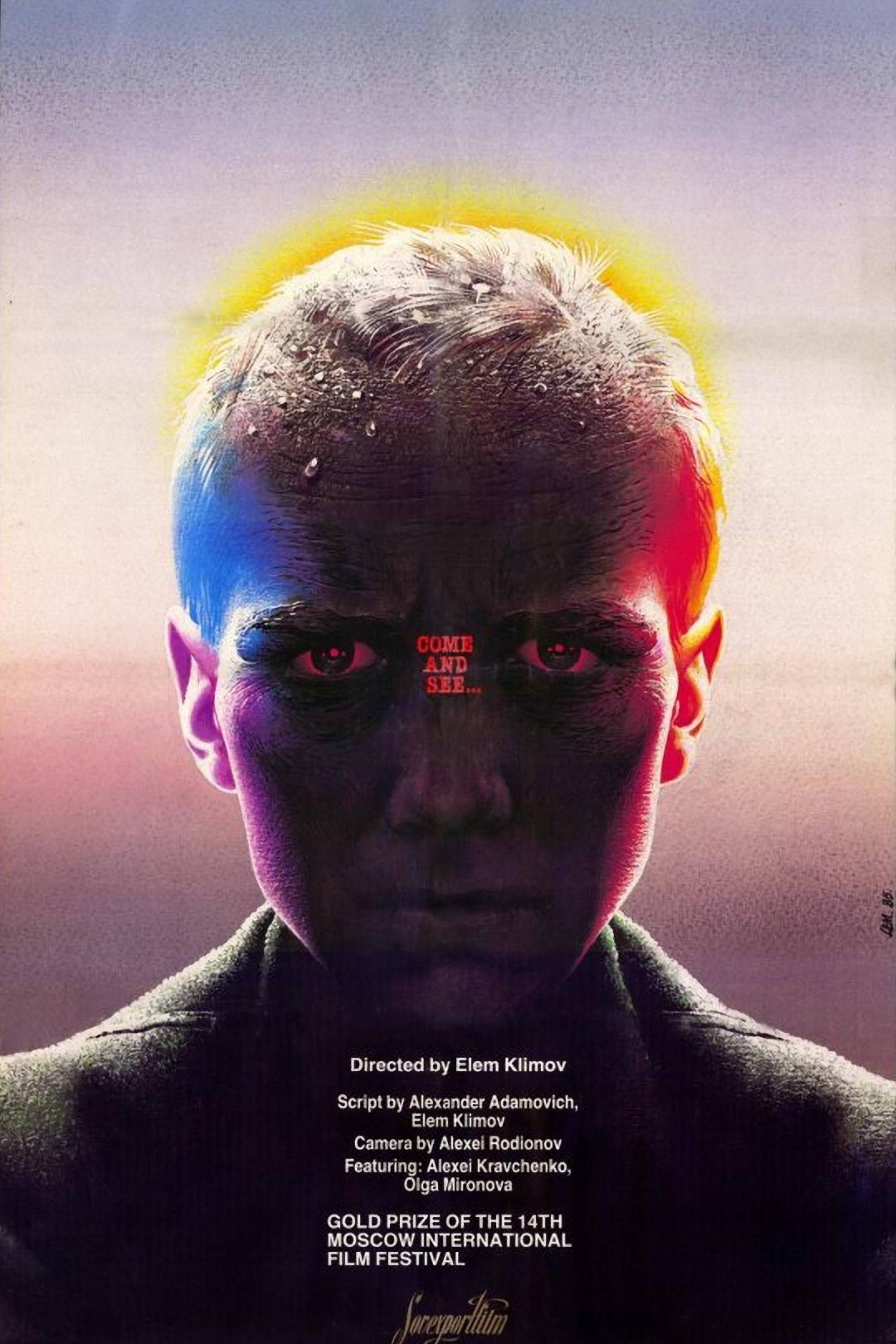War and conflict have affected every corner of the globe in one way or another, so it’s only natural that filmmakers worldwide have made incredible movies depicting warfare from their perspective. While big-budget American war movies often dominate the conversation when it comes to this genre, it’s important not to forget all the astounding non-English-language war movies that have left their mark on cinema. From global conflicts to lesser-known national crises, war movies have the power to educate and inform viewers about historical conflicts.
Many of the best war movies ever made were foreign films that shone a light on different countries’ experiences of war. Some of these were all-time classics like Roberto Benigni’s Oscar-winning triumph Life is Beautiful, while others were not as well known but are equally deserving of attention and praise. The greatest war movies leave their mark on viewers long after the credits have rolled and infuse filmgoers with anti-war values that highlight the importance of peace.
10
The Lives Of Others (2006)
The Cold War (1947 – 1989)
Prior to the end of the Cold War and the fall of the Berlin Wall, the residents of East Germany lived under harsh circumstances of near-constant surveillance. This overbearing monitoring by agents of the Stasi was depicted in Florian Henckel von Donnersmarck’s astounding German drama The Lives of Others. With Ulrich Mühe as Stasi Captain Gerd Wiesler in 1984, this secret police agent becomes increasingly absorbed in the lives of the couple that he was tasked with keeping track of.
While The Lives of Others was essentially a spy film set against the backdrop of war and conflict, what made it so effective was the humanity behind its story, as it showcased that even in a deeply oppressive society, sympathy for one’s fellow man cannot be totally obliterated. By peeling back the curtain of life behind the Wall, for both its oppressed and oppressors, The Lives of Others gave a glimpse into the importance of the end of the Cold War and what freedom meant to the millions of people who struggled in the Eastern Bloc.
9
The Battle of Algiers (1966)
The Algerian War (1954–1962)
Director Gillo Pontecorvo pulled off an astounding achievement with the radical war movie The Battle of Algiers. As an intense docudrama, the film was shot on location with a cast of non-professional actors and had a notable influence on the war genre itself. Much of the cast had real experiences with the Algerian War and were veterans of the conflict. This unique approach added a sense of realism to the project as it blended fact and fiction to create an intense and moving experience.
The Battle of Algiers presented an important commentary on urban guerrilla warfare and stood as a defining release in Italian neorealist cinema. As a depiction of the intense battle to gain independence from the French, the black-and-white documentary-style editing added a sense of historical authenticity that made viewers feel like they were right in the heart of the conflict. As a trailblazing war movie that’s as powerful today as it was in 1966, The Battle of Algiers is a must-watch film for anyone hoping to understand this conflict.
8
Quo Vadis, Aida? (2020)
The Bosnian War (1992 – 1995)
From writer and director Jasmila Žbanić, Quo Vadis, Aida? was a harrowing dramatization of the circumstances surrounding the Srebrenica massacre during the Bosnian War. This horrific act of genocide saw more than 8,000 Bosnian men and boys killed in 1995 (via ICTY.) The dark reality of this horrendous moment in modern history was seen through Aida, a schoolteacher and translator for the United Nations who struggled to balance helping those she was close to and carrying out her professional duties as countless citizens pleaded for safety in the UN’s safe zone.
The powerful anti-war message of Quo Vadis, Aida? was captured through one woman’s challenging experience of the conflict, and Jasna Đuričić gave an incredible performance as Aida. As a story that will stick with viewers long after the credits have rolled, Quo Vadis, Aida? was nominated for Best International Feature at the Academy Awards but lost to the Danish film Another Round. As an important account of a conflict that’s rarely depicted on screen, Quo Vadis, Aida? stood as both an incredible historical document and a truly moving piece of cinema.
7
Downfall (2004)
World War II (1939 – 1945)
While there have been countless movies about World War II, few explored the infamous figure of Adolf Hitler with the same level of intensity as Downfall. This tense German-language film was set during the Battle of Berlin in World War II as the Nazis were on the verge of total defeat. By dramatizing the final days of Hitler, as he was confronted with his evil regime falling apart and the dark consequences of surrender, audiences got a bird’s-eye view of his decision to end his own life and that of his family rather than face persecution.
Downfall featured an astounding performance from Bruno Ganz as Hitler, and even though the film has been the subject of countless parody videos and memes, this does not take away from the power with which he captured this real-life figure. While many WWII movies deal with the loss of innocent life during the war, Downfall explored the suicides and deaths of the Nazi Party itself and, in the process, brought up the cognitive dissonance of those who commit heinous acts. Downfall was an important German film that reflected the country’s collective trauma back onto itself.
6
All Quiet On The Western Front (2022)
World War I (1914 – 1918)
Erich Maria Remarque’s intense anti-war novel All Quiet on the Western Front has been adapted for the screen several times, with the 1930 version commonly ranked among the greatest anti-war movies of all time. However, the German-language 2022 adaptation brought the harrowing reality of the conflict to life with a level of realism and visual power rarely seen on screen. Telling the story of the idealistic young soldier Paul Bäumer, All Quiet on the Western Front showcased how his initial hopes of heroism were thrashed, and he was forced to deal with the bleak reality of actual warfare.
As both a timely and timeless tale of conflict, this new version of All Quiet On The Western Front reflected both the historical record of WWI and current global conflicts such as the ongoing Russo-Ukrainian War. It’s both shocking and impactful to note that even though over a century has passed since the war this film depicted, All Quiet On The Western Front remains entirely relevant to modern times. With intense action scenes that help elevate its dramatic depth, director Edward Berger delivered a movie that managed to live up to and contribute to the original film.
5
Ivan’s Childhood (1962)
World War II (1939 – 1945)
The Soviet filmmaker Andrei Tarkovsky was responsible for some of the greatest films ever made, as works like Solaris and Stalker stand as all-time classics. However, it was in Ivan’s Childhood that Tarkovsky first got to the heart of his anti-war message, as its story about an orphaned boy named Ivan, whose parents were killed during the Nazis’ occupation in WWII, made for impactful viewing. Ivan’s Childhood looked at the true cost of war and how it affected the children who were forced to confront it.
As Tarkovsky’s first feature film, the poignant themes of Ivan’s Childhood would carry forward into the rest of his work as the passion and poetry of his filmmaking bled into every scene. Through philosophical questioning on the nature of hardship, Ivan’s Childhood showcased the disillusionment of a child who should never have had to confront such weighty issues at such a young age. With horrors and hardship surrounding him at every turn, child actor Nikolai Burlyayev should be praised for his incredible performance as Ivan.
4
Grave Of The Fireflies (1988)
World War II (1939 – 1945)
Although Studio Ghibli has become known for fantastical animated adventures that whisk viewers away to new worlds, Grave of the Fireflies had the opposite effect as it forced viewers to confront the hardships of World War II. While Western audiences will be less used to seeing the Second World War from the Japanese perspective, this film by Isao Takahata highlighted how that conflict impacted society’s most vulnerable citizens, children. By capturing the heartbreaking intensity of the war for two orphaned siblings, Grave of the Fireflies made for intense but rewarding viewing.
Grave of the Fireflies did not hold back when it came to showcasing the hardships of life during the war, as its heartbreaking conclusion featured the death of its four-year-old protagonist, who starved surrounded by other malnourished survivors. With a level of realism rarely seen in animation, Studio Ghibli shed its child-friendly reputation to depict a war-torn tale of pain and survival. Grave of the Fireflies was a tense and challenging film that pushed audiences outside of their comfort zones and forced them to reflect on the young, innocent lives lost due to war.
3
Life Is Beautiful (1997)
World War II (1939 – 1945)
Of the countless World War II movies out there, few have captured the resilience and humanity of those forced into concentration camps better than Life is Beautiful. As an Italian film from writer, director, and star Roberto Benigni, this Oscar-winning movie explores a kindhearted bookshop owner’s astounding attempts to shield his young son from the horrors of the Holocaust as they are seized and forced to live under unimaginable hardship. Yet, from this pain, Benigni finds a sense of humanity as he ensures his child does not have to face the dark realities they find themselves living under.
Life is Beautiful captured the unshakable tenacity of the human spirit and the parental urge to protect one’s child from pain. As a film that had the power to make viewers laugh and cry all at once, even Pope John Paul II was a fan of the film and ranked it among his top five movies of all time (via Boston Review.) Life is Beautiful was a deeply moving film that took the truly terrifying circumstances of the Holocaust and managed to deliver a timeless message about love and compassion in even the darkest days of mankind.
2
Das Boot (1981)
World War II (1939 – 1945)
Wolfgang Petersen delivered his magnum opus with the West German war film Das Boot, a stunning catalog of life aboard the German submarine U-96 during World War II. By capturing both the terror and mundanities of life at sea, Petersen delivered an epic cinematic experience unlike anything before it. As the crew set out on a hazardous patrol in the Battle of the Atlantic, the intensity and sheer panic of naval conflict were powerfully brought to the forefront.
Das Boot has earned its reputation as one of the greatest German films of all time, and its legacy continues in the popular television sequel of the same name. With incredible authenticity and impressive levels of realism, the anti-war message of the original novel by Lothar-Günther Buchheim was made all the more impactful due to the suspenseful action scenes throughout. Das Boot is a film that will have viewers on the edge of their seats throughout and is the submarine movie by which all others are judged.
1
Come And See (1985)
World War II (1939 – 1945)
Set amid the German occupation of Byelorussia during World War II, Come and See was a brutal anti-war movie by the Soviet filmmaker Elem Klimov. As one of the most emotionally intense movies ever produced, this uncompromising film depicted Nazi occupation from the perspective of a teenager named Flyora. Having witnessed truly unspeakable acts of brutal inhumanity, Come and See saw Flyora join the resistance movement and inch ever closer to the sinister depth of the worst aspects of mankind.
Come and See was the kind of war movie that audiences watch once and carry its power with them for the rest of their lives. With a mix of hyperreal and surrealist imagery, this film is rightfully regarded as a classic, although the sheer cruelty of its narrative meant it may be too much to take for sensitive viewers. By bringing the stark realities of war into sharp focus and depicting a teenager destroyed as he lives through an existential nightmare, Come and See made for difficult but important viewing.
Sources: ICTY, Boston Review

